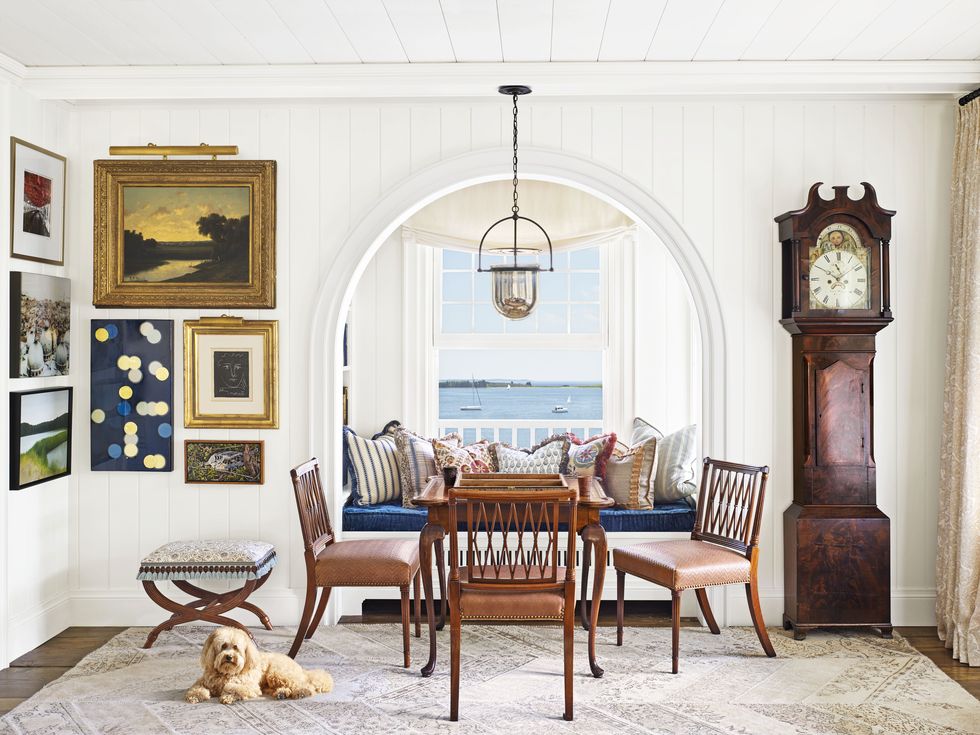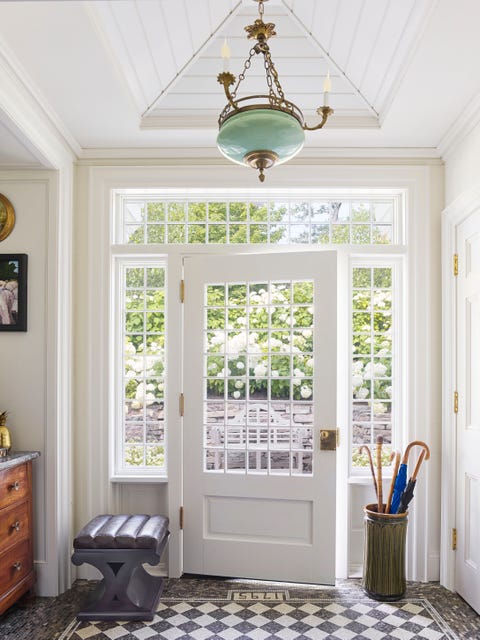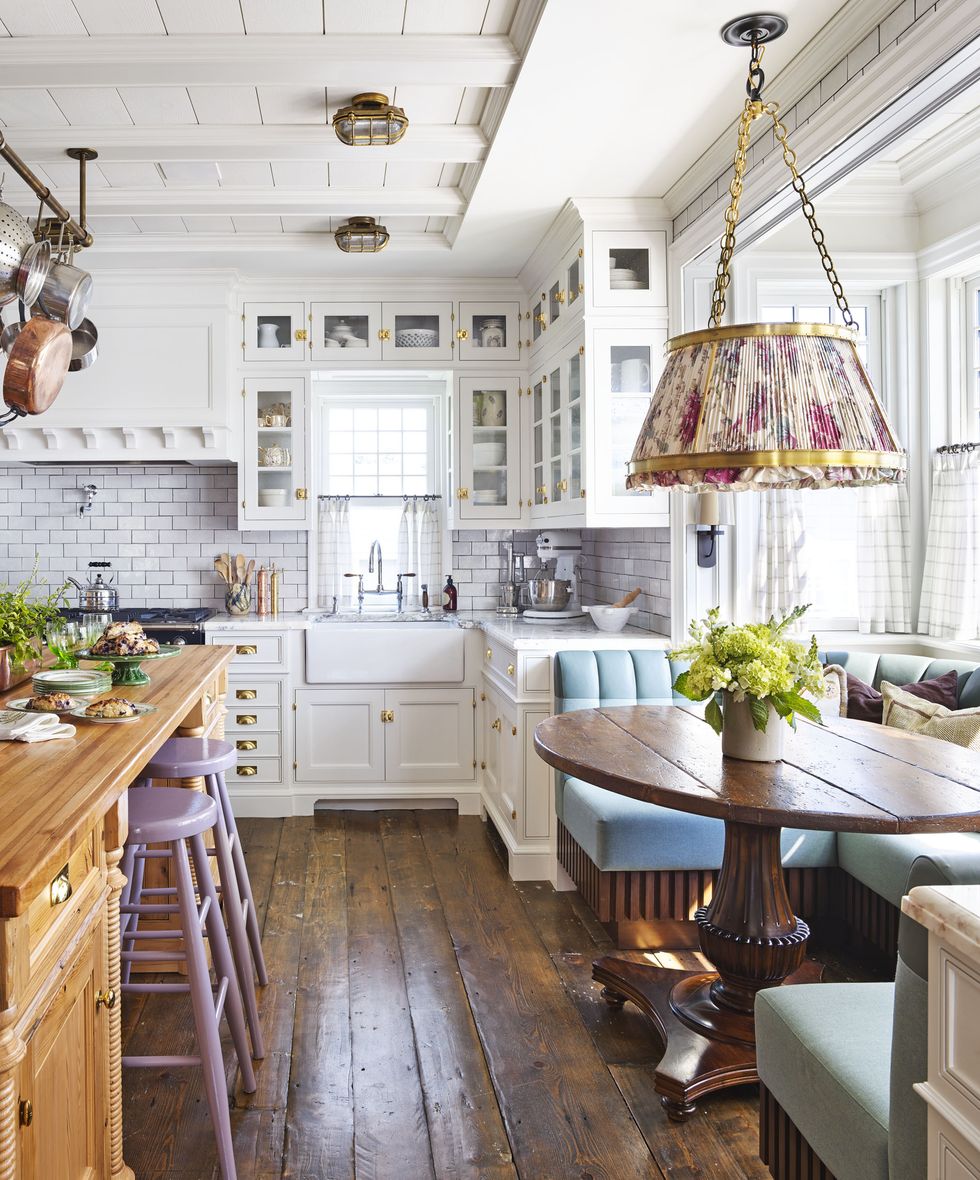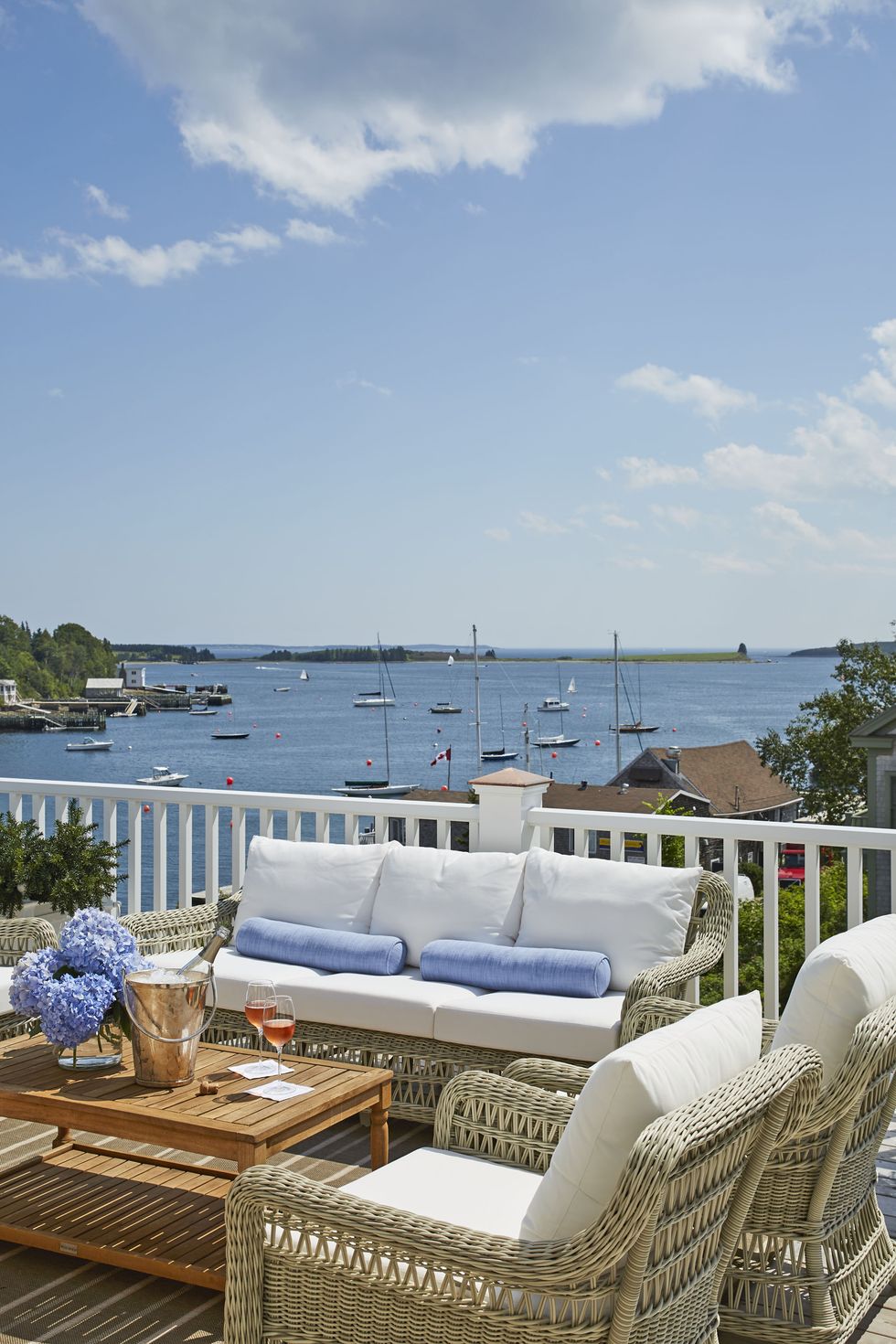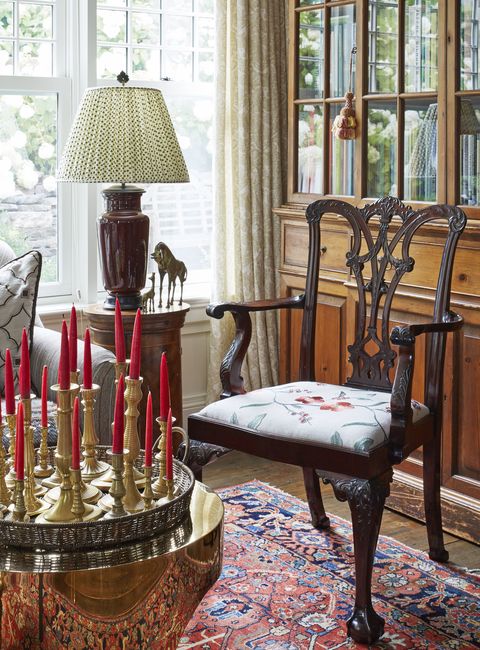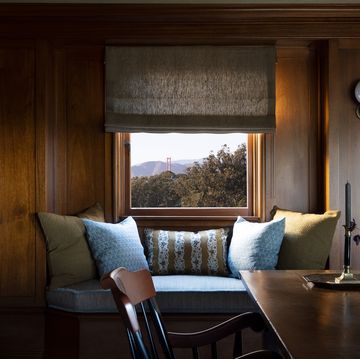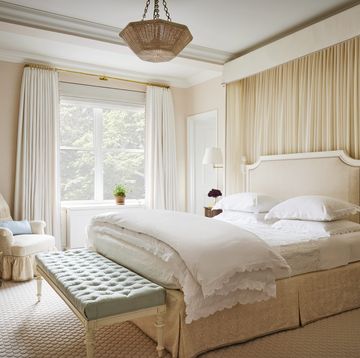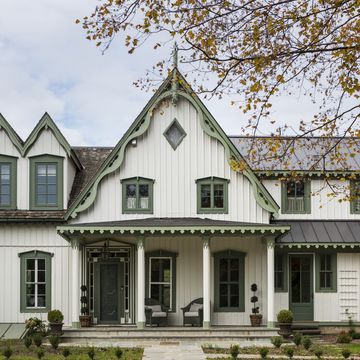Life strews happy accidents along every path, but some people really know how to work them. Canadian-born interior designer Philip Mitchell and his husband, Mark Narsansky, an advertising executive, have that wondrous blend of timing and talent. The two met almost 20 years ago through mutual clients and since then have shared a modern apartment in Toronto, a six-bedroom weekend cottage an hour’s drive away on Lake Erie, and an office and apartment in Manhattan.
So when a troubled 18th-century cottage on the coast of Nova Scotia came on their radar, they weren’t exactly looking to add to their real estate roster. What would prompt the two to scoop it up and embark on a to-the-studs renovation? The answer comes down to being the right people in the right place (not to mention a healthy obsession with the past). The pair had been vacationing in Chester, Nova Scotia, an idyllic seaside village of roughly 1,500 year-round residents on the east coast of Canada, for a few summers when they heard about the house. Known for its centuries-old architecture, wooden boat sailing, and sparkling summer weather, Chester has been a part-time haven for affluent Americans and Europeans since the late 1700s. It’s also quiet and quaint—decidedly under the radar.
“This is embarrassing to say, but even though I’m from Canada, I’d never been east of Montreal,” Mitchell says. “I’d never been to any of the Maritime provinces. But we totally fell in love. Chester has historic integrity and unbelievably friendly people. It’s a little slice of heaven.”
More From Veranda

At first, Mitchell, 44, thought he and Narsansky might retire there later. Located about a two-hour flight from Toronto, the town isn’t exactly convenient to his current Toronto- centered work life. But then they fell for one of Chester’s white elephants: an imposing 1795 “Colonial mish-mash” of a house, as Mitchell calls it. Situated on a prime seaside lot, it had been modified and added onto by many owners. Mitchell and Narsansky heard developers were looking to tear it down and subdivide the property, fighting words as far as they’re concerned.
So they bought (or more accurately, rescued) the house known as White Cottage and soon discovered just how deep the rot went. “Somebody had attached a porch without flashing,” Mitchell says. “Water had been pouring through it for 20 years. It was deep in the walls and you couldn’t see it.” They made the decision to disassemble the entire structure piece by piece and reuse everything they could. Each part was numbered, cataloged, and put in storage. Then they rebuilt according to the house’s original footprint and style, reprising a few architectural features that had been removed decades ago.
All the hardwood floors were taken out piece by piece. “There were four species of wood in the house, of varying plank lengths, varying widths, varying ages,” Mitchell said. “We decided, with our artisan hardwood installer, to mix them all together, and that’s why the floors have this beautiful character.”
Because of the area’s history of shipbuilding and wooden boat building, local craftsmen can do virtually anything and do it splendidly, says Mitchell, who marvels at three hand-carved newel posts an artisan woodworker created to copy the house’s lone original one.
The restoration took about two and a half years. Then came the decorating. As if he were a marvelously sophisticated ship’s captain, Mitchell filled the house with a luxurious seafaring style laced with all manner of storied collections and rich antiques.
“We have English furniture, French furniture, Swedish furniture. Things we inherited got mixed with new antiques we found in Europe,” says Mitchell. “And we love contemporary art. It has a way of loosening things up.”
In the kitchen—with its La Cornue range, butcher block island, marine ceiling lights, and white cabinetry secured with heavy brass boat latches—he’s displayed a green majolica collection started by his grandmother, continued by his mother, and added onto by himself and Narsansky. “We use all of it regularly. Those tureens and pitchers are frequent serving pieces,” says Mitchell.
Their 45-foot-long living room is broken up with several seating groups. “A lot of the pieces here came from our apartments and places along the way. We went through our inventory and picked the things we love the most. The grandfather clock is an English piece I surprised Mark with for his birthday one year. There’s an amazing Pembroke sofa table that’s one of Mark’s favorites too, so it was definitely going to be in the room we use the most.”
The entire main floor of the house gets slipcovered in white cotton and linen every June for a ritual of summer dress that Mitchell and Narsansky enact themselves with the help of a housekeeper, who steams the slipcovers just before they wrestle them on. “Even the toss pillows are slipcovered in white,” Mitchell says. “They all have different white fringes.”
A third-floor deck, accessed by a guest room and Mark’s office, is arguably the perfect spot. “We’re out there all the time,” Mitchell says of the simply furnished terrace. “It’s great for cocktails in the summer. We’ve made real friends in Chester and love to entertain a wide mix of people, from socialites to fishermen. We whip up appetizers for ten people or a hundred. With the Chester Front Harbour below and the wooden sailboats racing past, it’s perfect. We just add drinks.”
Building on Heirlooms
“If someone in our families was smart enough to start something great, we want to add to it and make it part of our lives,” says Mitchell. Here, he shares the couple’s collections that bridge past and present.
Featured in our July/August 2019 issue.

